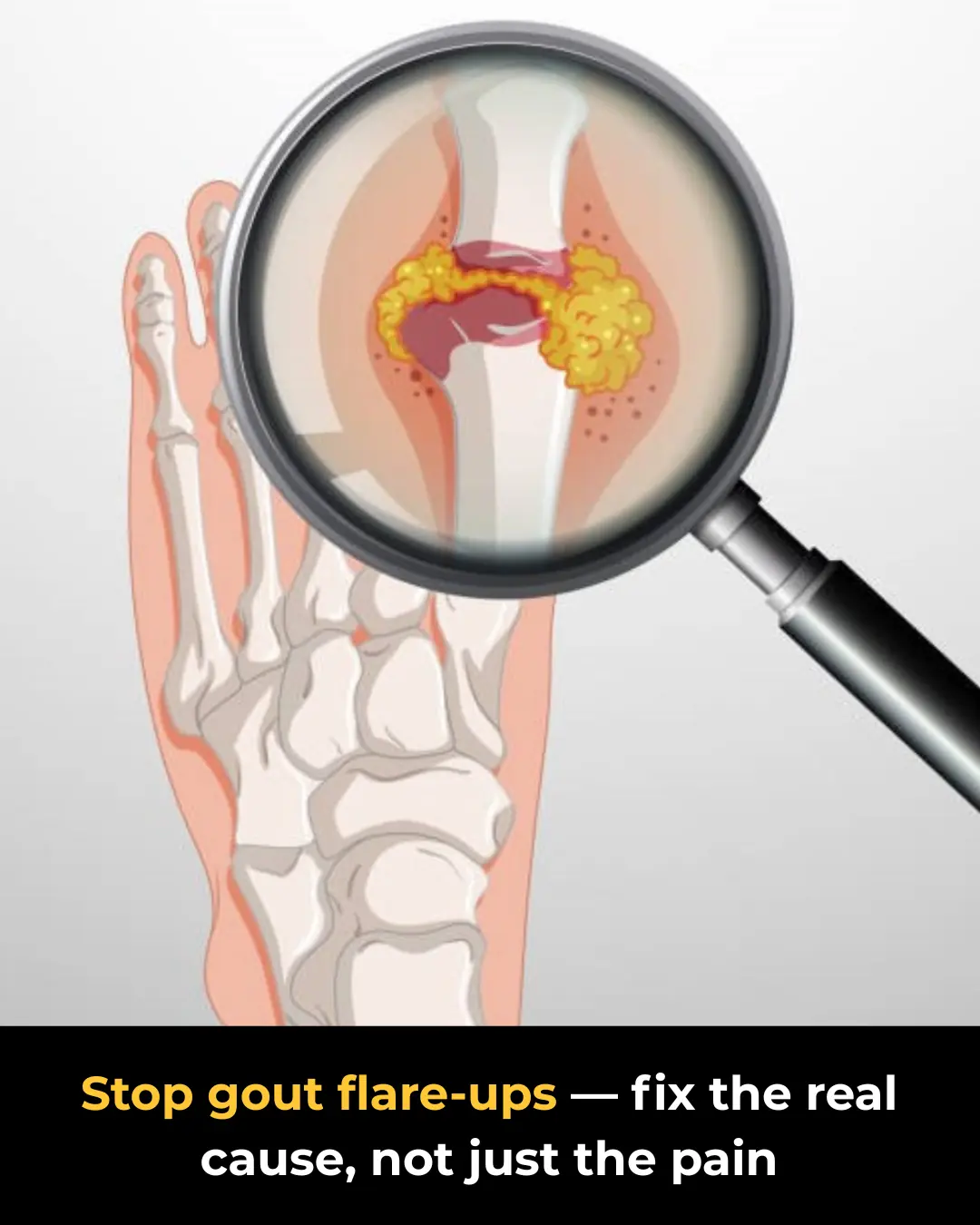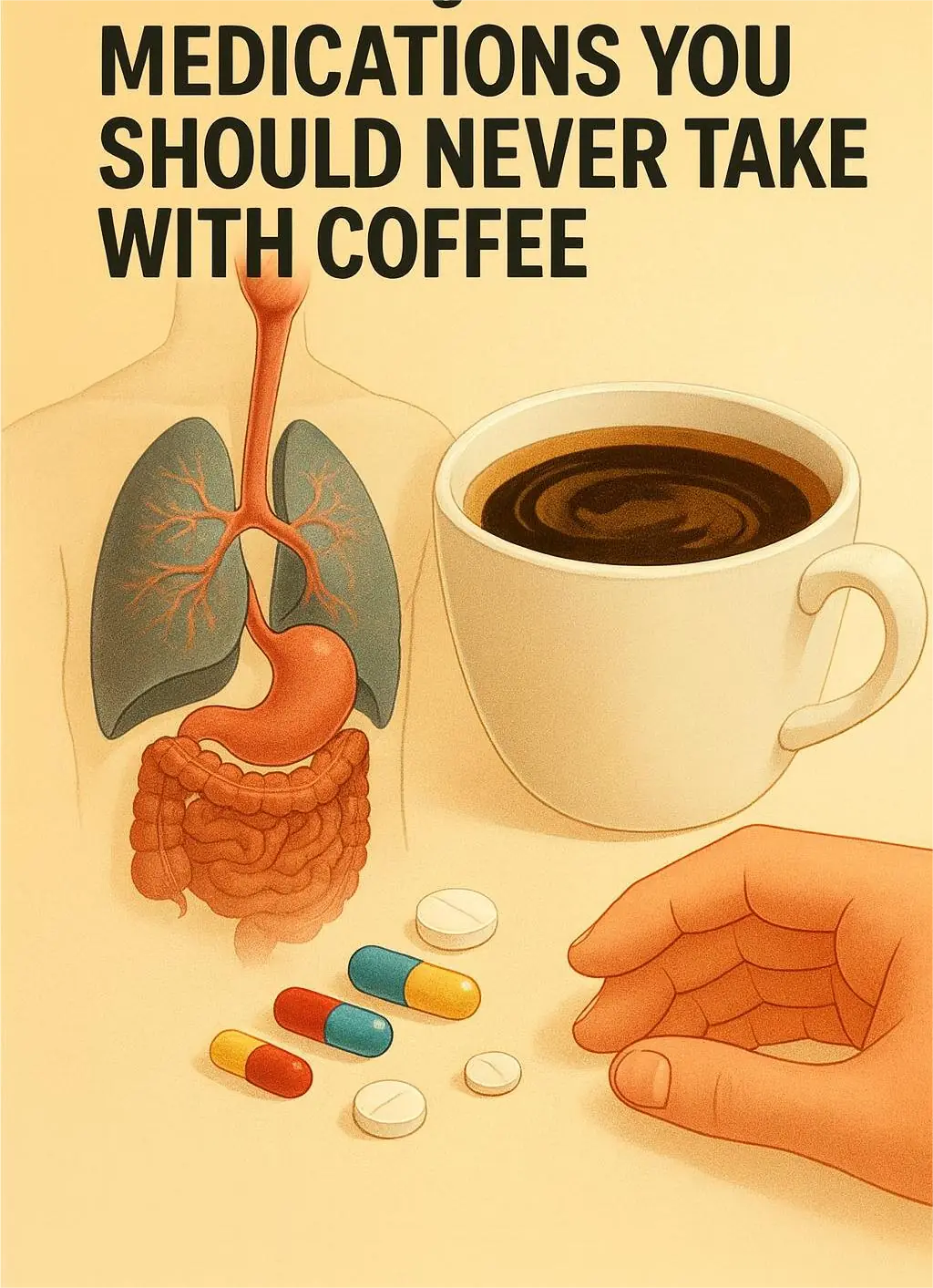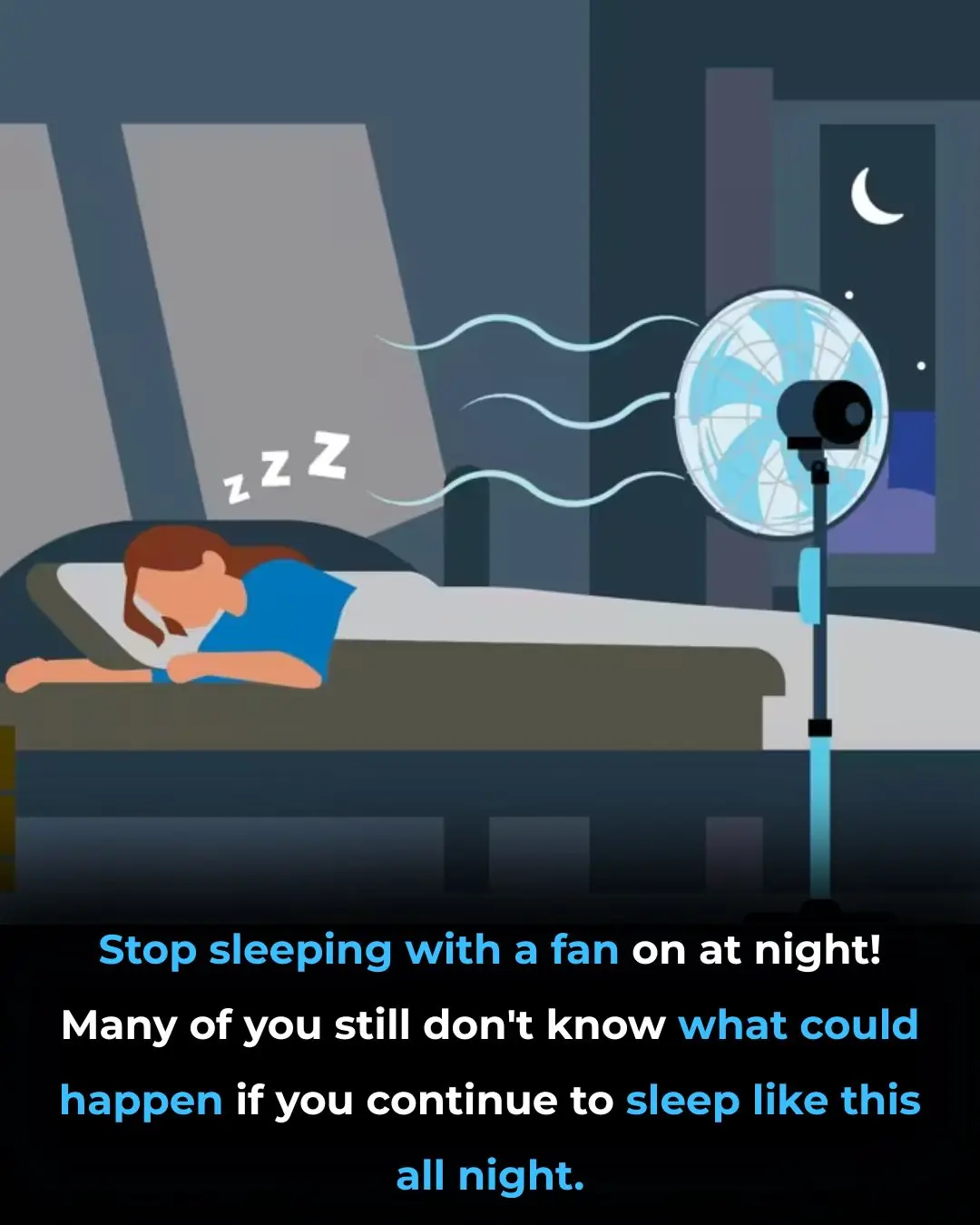
These 4 common prescription drugs may be silently damaging your nerves

Did you know that around 70% of Americans under age 64 take at least one prescription medication? That figure comes from Mayo Clinic research, and—as you might expect—the numbers climb sharply with age. According to the CDC, nearly 90% of adults over 65 are on prescription medications, and many of them take five or more drugs at the same time.
This pattern reflects more than just medical progress—it highlights a cultural tendency to reach for a medication to fix each new symptom. Over time, this can create a “prescription cascade,” where one drug causes a side effect that leads to another drug, and then another. It’s not unusual for older adults to manage nine to thirteen different medications daily.
Today, we’re pulling back the curtain on four categories of commonly prescribed drugs that have been scientifically associated with peripheral nerve damage (also known as neuropathy). These insights echo warnings raised by neurologist Dr. John Coppola, and they are essential for patients who want to protect their long-term nerve health.
Key Takeaways
-
Many widely used prescription drugs—including everyday medications taken by millions—list peripheral neuropathy as a possible side effect.
-
Four medication classes are particularly noteworthy:
anti-anxiety drugs, antidepressants, calcium channel blockers, and statins. -
Certain drugs, such as duloxetine (Cymbalta), may be difficult to stop due to withdrawal symptoms, which can create cycles of dependence.
-
You should never stop, adjust, or replace any medication without guidance from your prescribing doctor. This information is intended to help you hold informed, empowered conversations with your healthcare provider.
⚠️ Important Disclaimer
Before we go further, one point cannot be overstated:
Do NOT discontinue or adjust any medication on your own.
Some medications must be gradually tapered under medical supervision to avoid dangerous or even life-threatening consequences. This article is for educational purposes only and is meant to help you discuss concerns with a qualified professional.
4. Anti-Anxiety Medications (Anxiolytics)
About 1 in 5 Americans aged 12 to 80 takes some form of anti-anxiety medication. These drugs—often used for both anxiety and sleep—can be very effective when used short term. But long-term use brings risks that many patients never hear about, including potential peripheral nerve damage.
Common anxiolytics include:
-
Ambien (Zolpidem)
-
Buspar (Buspirone)
-
Valium (Diazepam)
-
Klonopin (Clonazepam)
-
Xanax (Alprazolam)
-
Ativan (Lorazepam)
These medications can alter brain and nerve signaling, which is part of why they work—but also why prolonged use may negatively affect nerve health. They were originally designed for short-term use, yet many individuals take them for years.
If you rely on these medications for sleep or daily functioning, it’s important to discuss a long-term, root-focused plan with your clinician. Lifestyle changes, cognitive-behavioral tools, and sleep-supportive habits may offer safer long-term relief while helping protect nerve function.
3. Antidepressant Drugs
Antidepressant use in the U.S. has grown over 400% since the 1980s, and today, the National Institute of Mental Health reports that about 1 in 4 adults has taken one. These medications can be life-changing and life-saving for many—but like all drugs, they come with risks, including the potential for nerve-related side effects.
Commonly prescribed antidepressants include:
-
Prozac (Fluoxetine)
-
Celexa (Citalopram)
-
Cymbalta (Duloxetine)
-
Mirtazapine
-
Effexor (Venlafaxine)
-
Amitriptyline
-
Nortriptyline
A critical note about Cymbalta (duloxetine)
Duloxetine is approved both for depression and for neuropathic pain itself. Yet paradoxically, it is known in clinical settings to trigger or worsen nerve-related symptoms in some patients.
Even more concerning is the difficulty many people face when trying to stop taking it. Cymbalta withdrawal is known for causing:
-
Debilitating dizziness
-
Nausea and vertigo
-
Severe mood swings
-
“Brain zaps” — sudden, electric shock–like sensations inside the head
Patients often describe these symptoms as intense and frightening. Safe discontinuation typically requires extremely slow tapering, sometimes decreasing the dose by only 10% every few weeks.
This does not mean duloxetine is “bad”—it means patients should be aware of the risk–benefit balance before beginning therapy.
2. Calcium Channel Blockers (Blood Pressure Medications)
High blood pressure is a widespread condition, and calcium channel blockers (CCBs) are a common prescription. While these medications can be lifesaving, some reports link them to possible disturbances in nerve signaling when used long term.
Common CCBs include:
-
Amlodipine
-
Diltiazem
-
Felodipine
-
Isradipine
-
Nicardipine
-
Nifedipine
-
Nisoldipine
-
Verapamil
If you take a CCB and are experiencing symptoms such as numbness, tingling, burning sensations, or unexplained weakness, speak with your doctor. There are several alternative classes of blood pressure medications, including:
-
ACE inhibitors
-
ARBs
-
Beta blockers
Your doctor can evaluate which medication best aligns with your health profile. If your concerns are dismissed without discussion, it may be appropriate to seek a second medical opinion.
1. Statins (Cholesterol-Lowering Medications)
Statins are one of the most widely prescribed drug classes in the world—used by over 200 million people worldwide to lower cholesterol. They can reduce cardiovascular risk for certain patients, but they also carry well-documented side effects, including potential nerve damage.
Common statins include:
-
Atorvastatin (Lipitor)
-
Fluvastatin
-
Lovastatin
-
Pitavastatin
-
Pravastatin
-
Rosuvastatin (Crestor)
-
Simvastatin (Zocor)
Statins have been associated with:
-
Peripheral neuropathy
-
Muscle pain and weakness
-
Memory problems
-
Elevated blood sugar
-
Depletion of CoQ10, a nutrient required for mitochondrial energy production
Since nerve cells require high energy, reducing CoQ10 may contribute to nerve stress in some individuals.
Some research also explores possible links between long-term statin use and certain cancers, but these associations remain under scientific review and are not considered established evidence.
Fortunately, lifestyle strategies can often help improve cholesterol naturally—such as a nutrient-rich diet, increased fiber, regular movement, and weight management. For those who need medication, alternatives like PCSK9 inhibitors or fibrates may be options to discuss with your clinician.
Conclusion: Become an Empowered Advocate for Your Nerve Health
Managing your health means understanding not only the benefits of your medications but also their potential risks. Many drugs provide important therapeutic value—but all medications have side effects, and some may contribute to nerve problems over time.
The goal is not to fear medication, but to be informed.
By learning which drugs may affect nerve health, you can:
-
Ask better questions
-
Request appropriate monitoring
-
Explore alternative treatments
-
Collaborate more actively with your healthcare team
Your health is ultimately a partnership between you and your medical providers. Staying informed and engaged is one of the most powerful tools you have in protecting your long-term nerve health.
News in the same category


Vaping harms your heart more than you realize

Ever Wake Up But Can’t Move

Gout Disease: The Untold Truth and 5 Common Treatment Mistakes

Arthritis Explained: Types, Causes, and Natural Pain Relief Methods

High Blood Pressure: Why It’s Dangerous and How to Stabilize It Naturally

MEDICATIONS YOU SHOULD NEVER TAKE WITH COFFEE

10 Best Foods to Detox Your Kidneys and Protect Renal Health

The Power of Clove Steam Inhalation (Respiratory Relief You Can Feel Immediately)

Popular blood pressure drug linked to increased cardiac arrest risk

Powerful Health Benefits of Pineapple You Should Know

The Surprising Health Benefits of Sleeping in a Cold Room

High Blood Sugar Warning Signs

🥚 A Look at How Certain Boiled Egg Habits May Affect Your Heart Health

🌿 Clove Water Sitz Baths for Women: A Gentle Guide to Hygiene and Comfort

What Happens to Your Body When You Eat Canned Tuna Every Day

17 Warning Signs Your Liver Is Crying for Help

How to Support Your Kidneys Naturally Using 1 Teaspoon of Baking Soda

Fish oil cuts CV risk nearly in half for dialysis patients

The hidden heart danger doctors say is more common in people with diabetes
News Post

Shocking Simulation Shows Exactly What Happens To Your Body If You Quit Sugar For Seven Days

Boyfriend Wakes From Coma and Blames Girlfriend for Deadly Accident

A New Era of Near Vision Clarity Through VIZZ Eye Drops

Vaping harms your heart more than you realize

Ever Wake Up But Can’t Move

Gout Disease: The Untold Truth and 5 Common Treatment Mistakes

A common household item may release up to 3 billion microplastic particles: Many families and hotels are still using it the wrong way

5 Things You Should Never Put in the Washing Machine — They Won’t Get Clean and May Even Be Dangerous

What Can You Make with Expired Yogurt?

Useful Tips for Better Sleep: Treat Insomnia and Difficulty Sleeping with Ginger and Ice Cubes

My Nana Taught Me This 2-Minute Trick to Stop Weeds From Sprouting After Leaf Cleanup — And It Works Like Magic

Most people will never know

You’ve been doing it wrong. Here’s the 3-minute mosquito trick my aunt swears by
Okay, I really need to try this in my garden

Arthritis Explained: Types, Causes, and Natural Pain Relief Methods

High Blood Pressure: Why It’s Dangerous and How to Stabilize It Naturally

MEDICATIONS YOU SHOULD NEVER TAKE WITH COFFEE

What You See First in This Optical Illusion Reveals A Lot

Why Your Dog Stares at You
